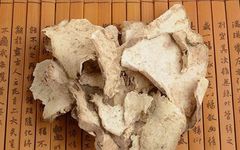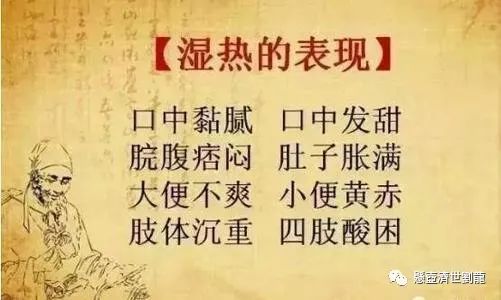 The Lower Jiao Damp-Heat Syndrome may arise from unresolved damp-heat in the Middle Jiao gradually transmitting to the Lower Jiao, or due to damp-heat pathogenic factors invading the Lower Jiao. The affected areas are primarily the bladder, small intestine, and large intestine. Although the syndrome can be categorized into dampness predominating over heat and heat predominating over dampness, both are due to abnormal water metabolism and improper food transportation, leading to obstruction in urination or defecation, with a greasy tongue coating and a slippery pulse as the main clinical features. Due to the widespread damp-heat, symptoms such as heaviness and pain in the body, epigastric fullness, abdominal distension, poor appetite, and nausea may also occur simultaneously. The treatment for Lower Jiao Damp-Heat Syndrome should focus on mild diuresis and dampness elimination. Mild diuretic herbs should be selected to guide the damp-heat out through urination. If there is significant heat in the bladder, bitter-cold clearing herbs can also be used. If dampness in the large intestine predominates over heat, warming and aromatic herbs can be added to transform dampness and open the bowels. If heat in the large intestine predominates over dampness, the approach should be to clear and transform damp-heat, guiding stagnation downward.
The Lower Jiao Damp-Heat Syndrome may arise from unresolved damp-heat in the Middle Jiao gradually transmitting to the Lower Jiao, or due to damp-heat pathogenic factors invading the Lower Jiao. The affected areas are primarily the bladder, small intestine, and large intestine. Although the syndrome can be categorized into dampness predominating over heat and heat predominating over dampness, both are due to abnormal water metabolism and improper food transportation, leading to obstruction in urination or defecation, with a greasy tongue coating and a slippery pulse as the main clinical features. Due to the widespread damp-heat, symptoms such as heaviness and pain in the body, epigastric fullness, abdominal distension, poor appetite, and nausea may also occur simultaneously. The treatment for Lower Jiao Damp-Heat Syndrome should focus on mild diuresis and dampness elimination. Mild diuretic herbs should be selected to guide the damp-heat out through urination. If there is significant heat in the bladder, bitter-cold clearing herbs can also be used. If dampness in the large intestine predominates over heat, warming and aromatic herbs can be added to transform dampness and open the bowels. If heat in the large intestine predominates over dampness, the approach should be to clear and transform damp-heat, guiding stagnation downward.
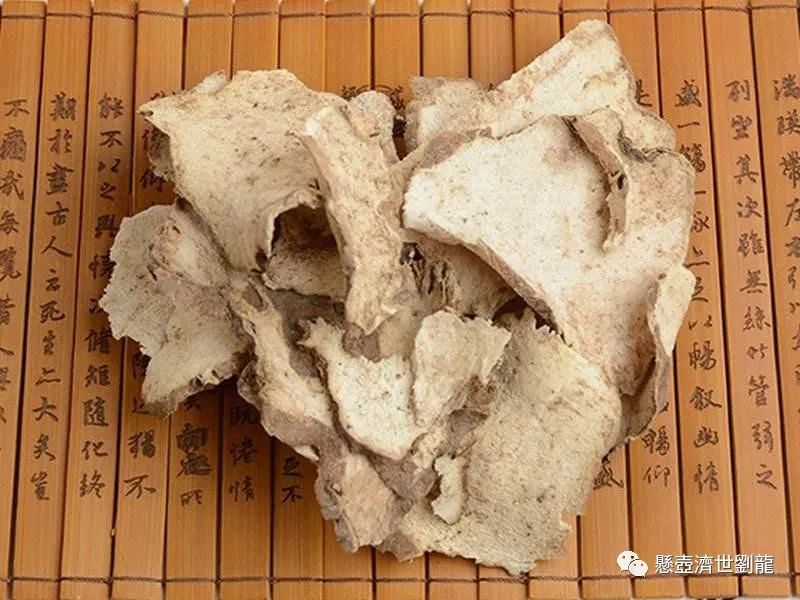
Dampness predominating over heat, Dampness obstructing the bladder
Clinical manifestations: Body heat not rising, dizziness and heaviness, body heaviness and pain, mental confusion, dry mouth with little desire to drink, nausea and vomiting, difficulty urinating, white greasy tongue coating, slippery pulse.
Pathogenesis analysis: This syndrome is characterized by dampness in the Lower Jiao predominating over heat, obstructing the bladder, leading to unimpeded water pathways, with damp-heat pathogenic factors spreading from the Lower Jiao to the Middle and Upper Jiao. The main symptom is difficulty urinating. Damp-heat obstructs the bladder, closing the lower orifices, preventing the flow of qi, and thus urination is reduced to drops. Due to the pathogenesis of dampness obstructing the lower orifices, there is difficulty urinating without the burning pain typically associated with heat predominating over dampness, which presents as frequent, urgent urination with burning pain. Because urination is obstructed, the pathogenic factors have no outlet, causing damp-heat to rise and spread to the Middle and Upper Jiao. Body heat not rising indicates dampness predominating over heat, with heat trapped within dampness. When damp-heat invades the clear orifices, symptoms such as dizziness, heaviness, and a feeling of being wrapped occur. When damp-heat spreads to the skin, there is generalized heaviness and pain. When damp-heat obscures the heart, the spirit is closed off, leading to mental confusion, with periods of clarity and confusion. Dampness obstructs the qi mechanism, leading to poor transformation and thus dry mouth with little desire to drink. The spleen and stomach’s ability to ascend and descend is impaired, leading to poor appetite and nausea. A white greasy tongue coating and a slippery pulse are indicative of internal dampness accumulation.
Treatment method: Mild diuresis and dampness elimination, aromatic opening of the orifices.
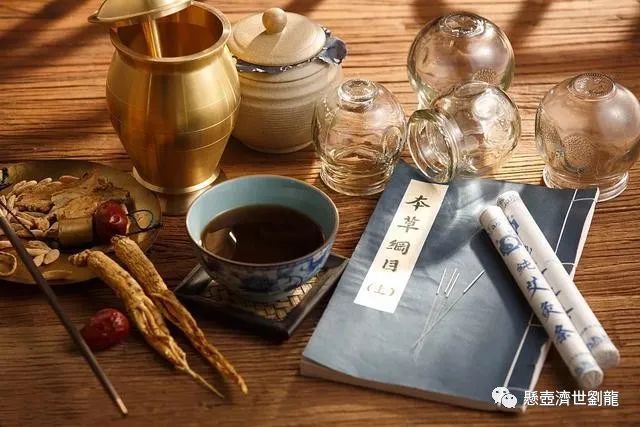
Ingredients: 15g of Poria peel (Fuling Pi), 15g of Job’s tears (Sheng Yiyiren), 9g of Polyporus (Zhu Ling), 9g of Large abdomen peel (Dafu Pi), 9g of Tongcao (Tongcao), 6g of Bamboo leaves (Danzhu Ye).
Formula explanation: The key to this syndrome is dampness obstructing the bladder, leading to unimpeded water pathways and no urination, thus the use of Poria peel decoction for mild diuresis and dampness elimination to facilitate urination and allow the pathogenic factors to exit. Since damp-heat obscures the heart, Suhexiang Pill is used for its aromatic properties to open the orifices and awaken the spirit.
In the Poria peel decoction, Poria peel is the monarch herb, Job’s tears and Large abdomen peel are the minister herbs, while the other herbs serve as assistants. Poria peel combined with Polyporus promotes mild diuresis and facilitates urination. Job’s tears combined with Tongcao and Bamboo leaves eliminate dampness and clear heat, guiding damp-heat out through urination, while Job’s tears also strengthen the spleen; Bamboo leaves have the ability to disperse and penetrate; Tongcao facilitates the flow of the three burners. Large abdomen peel moves qi and dries dampness, promoting the flow of qi to facilitate the removal of dampness. The combination of these herbs works together to eliminate dampness, clear heat, and promote the flow of qi, allowing yang qi to circulate, thus unblocking the water pathways and facilitating urination.
Damp-heat obscuring the heart cannot be resolved solely by mild diuresis and dampness elimination. Therefore, Suhexiang Pill is also used for its warm aromatic properties to transform dampness and open the orifices. In clinical practice, if Suhexiang Pill is unavailable, 12g of Acorus (Shi Changpu), 10g of Curcuma (Yujin), 12g of Agastache (Huo Xiang), and 12g of Eupatorium (Peilan) can be added to the Poria peel decoction as substitutes.
During the development of this syndrome, if the patient has a constitution with excess yang, or if warming and drying herbs are used in large amounts during treatment, the symptoms may gradually transform from yang transforming into heat to damp-heat being equally significant. The diagnostic criteria are: the tongue coating changes from white greasy to yellow greasy, and the pulse changes from slippery to slippery and rapid. The treatment should still use Poria peel decoction for mild diuresis and dampness elimination to facilitate the water pathways and urination. The Suhexiang Pill can be replaced with Zhibao Dan for its aromatic cooling properties to open the orifices and awaken the spirit.
Regarding the etiology and pathogenesis of this syndrome, “Inhaling dampness, the three burners distribute it, heat causes head swelling, body pain, nausea, difficulty urinating, mental confusion, white tongue, and little thirst. First, aromatic herbs should be used to open the spirit and orifices, such as Angong Niuhuang Wan; then use mild diuresis to eliminate turbid dampness, such as Poria peel decoction.” From the phrases “inhaling dampness” and “white tongue,” it is evident that this syndrome is undoubtedly characterized by dampness predominating over heat. Therefore, both dampness elimination and orifice opening should be applied to achieve the effect of expelling the pathogenic factors and opening the orifices. The dampness obscuring the heart is due to turbid dampness, not heat phlegm, as indicated by the phrases “inhaling dampness” and “white tongue.” Dampness pathogens are most averse to cold, thus should be treated with warming and opening agents, such as Suhexiang Pill. Even if a yellow greasy tongue coating and a slippery and rapid pulse indicating equal damp-heat are observed, only Zhibao Dan’s cooling and aromatic properties should be used to open the orifices.
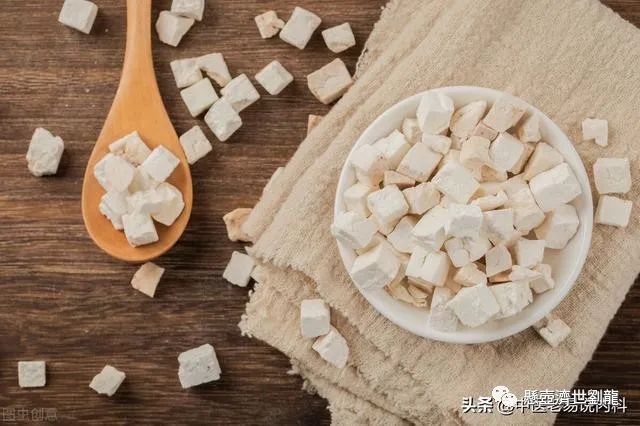
Damp Stagnation in the Large Intestine
Clinical manifestations: Body heat not rising, dizziness and heaviness, mental confusion, epigastric fullness, nausea, hard fullness in the lower abdomen, difficulty in defecation, tongue coating with greasy debris, slippery pulse.
Pathogenesis analysis: This syndrome is characterized by dampness in the Lower Jiao predominating over heat, obstructing the large intestine, leading to unimpeded bowel qi and causing damp-heat to spread to the Middle and Upper Jiao. Damp-heat accumulates, with heat trapped within dampness, hence body heat not rising. Damp-heat invades the clear orifices, causing dizziness, heaviness, and a feeling of being wrapped. Damp-heat obscures the heart, suppressing the spirit, leading to mental confusion, appearing dull and lethargic. Dampness obstructs the qi mechanism, leading to the spleen and stomach’s inability to ascend and descend, resulting in epigastric fullness and nausea. Dampness obstructing the large intestine leads to qi stagnation, causing difficulty in defecation, with hard fullness in the lower abdomen upon palpation. A tongue coating with greasy debris and a slippery pulse indicate internal dampness accumulation.
Treatment method: Transform dampness, move qi, and guide stagnation downward.
Ingredients: 15g of Polyporus (Zhu Ling), 15g of Poria (Fu Ling), 18g of Talc (Han Shui Shi), 12g of Silkworm excrement (Wan Can Sha), 9g of Soapberry (Zao Jiao Zi, peeled).
Formula explanation: This syndrome is due to dampness obstructing the qi mechanism, leading to unimpeded bowel qi and difficulty in defecation, not due to dry stool accumulation. Therefore, bitter-cold purgatives should be avoided to prevent damage to the spleen yang. The two herbs are combined to eliminate turbid dampness through urination, allowing the dampness in the large intestine to disperse and resolve. Talc clears heat from the Middle and Lower Jiao. The combination of these herbs works to eliminate damp-heat, guiding turbid dampness downward, allowing clear qi to be expressed, thus promoting the flow of qi and allowing the dampness to descend, leading to unimpeded bowel movements, hence the name of the formula is to clear and guide the turbid downward. If mental confusion is more severe, Suhexiang Pill can be taken with the decoction to warm and awaken the spirit.
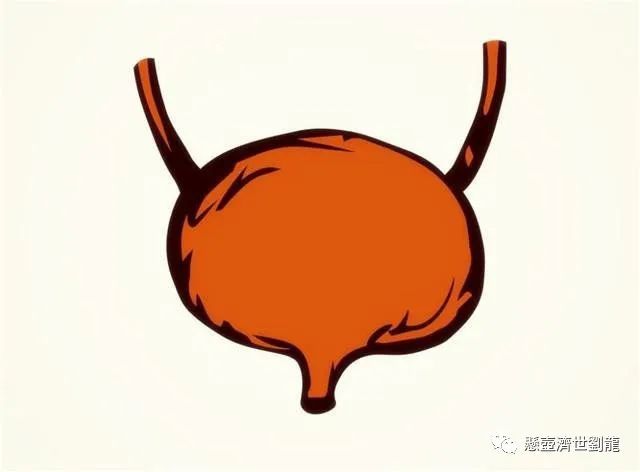
Bladder Damp-Heat
Clinical manifestations: Body heat, thirst, frequent and urgent urination, burning pain during urination, dribbling urination, turbid yellow-red urine, and in severe cases, blood in the urine, red tongue with yellow greasy coating and dry, rapid pulse.
Pathogenesis analysis: This syndrome is characterized by heat in the Lower Jiao predominating over dampness, obstructing the bladder, leading to unimpeded water pathways. The struggle between the righteous and the pathogenic leads to body heat. Excessive heat damages fluids, resulting in thirst. Heat tends to rush downward, pressing on the bladder, hence frequent and urgent urination with burning pain during urination. Damp-heat clogs the bladder, obstructing the lower orifices, leading to unimpeded water pathways, hence dribbling urination. Damp-heat causes the fluids to be consumed, resulting in turbid yellow-red urine. Heat pathogens injure the blood vessels, leading to blood in the urine. A yellow greasy tongue coating and rapid pulse indicate significant heat.
Treatment method: Clear and eliminate damp-heat, promote urination.
Ingredients: 500g each of Plantago seed (Cheqianzi), Dianthus (Qumai), Herba Ephedrae (Bianxu), Talc (Huashi), Gardenia fruit (Shanzhizi), Honey-fried Licorice (Gancao, fried), Akebia (Mutong), and Rhubarb (Dahuang, wrapped in flour, baked, peeled, and cut).
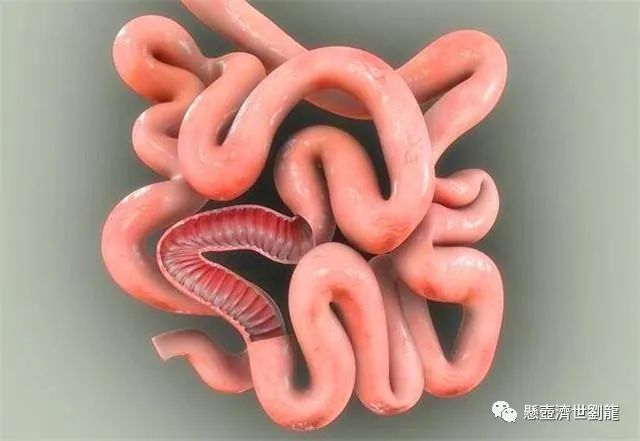
Gastrointestinal Damp-Heat with Stagnation
Clinical manifestations: Body heat, nausea, epigastric fullness, abdominal distension, loose stools with foul odor, yellow-brown color, containing undigested food, red tongue with yellow greasy coating, slippery and rapid pulse.
Pathogenesis analysis: Internal damp-heat leads to a struggle between the righteous and the pathogenic, hence body heat. Damp-heat obstructs the qi mechanism, impairing the spleen and stomach’s ability to ascend and descend, leading to nausea and vomiting, epigastric fullness, and abdominal distension. Damp-heat obstructs the spleen and stomach, dulling the stomach qi and impairing its function, leading to stagnation and accumulation of undigested food. Damp-heat combined with food stagnation clogs the large intestine, leading to loose stools with foul odor and yellow-brown color, containing undigested food. A greasy tongue coating and slippery pulse indicate internal dampness accumulation; a red tongue with yellow greasy coating and rapid pulse indicate significant heat, suggesting heat predominating over dampness.
Treatment method: Clear and transform damp-heat, guide stagnation downward.
Ingredients: 6g of Bitter Orange (Xiaozhi Shi), 4.5g of Rhubarb (Sheng Dahuang, washed with wine), 9g of Hawthorn fruit (Jing Zha), 4.5g of Areca nut (Binglang), 4.5g of Magnolia bark (Chuanpizi), 1.8g of Small Coptis (Xiaochuanlian), 9g of Six Harmony Ferment (Liuhequ), 4.5g of Indigo (Qinglianqiao), 9g of Old Purple Grass (Laozicao), 2.4g of Wood Vine (Ximu Tong), and 1.5g of Raw Licorice (Sheng Gancao).
This formula is characterized by small doses and continuous administration for a gentle purgative effect. As Ye Tianshi stated: “When damp-heat is internal, a gentle purgative is appropriate. In cases of cold damage, if the stool is loose, it indicates that the pathogenic factor has been eliminated, and further purging is not advisable; in cases of damp-heat, if the stool is loose, it indicates that the pathogenic factor is not yet eliminated, and the stool must be hard, so caution is required not to attack again.”
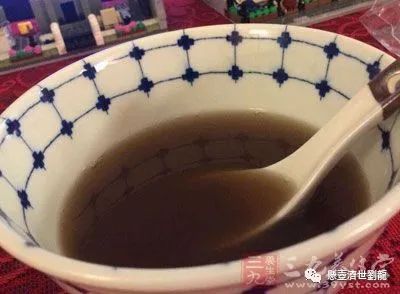 Damp-Heat Dysentery
Damp-Heat Dysentery
Clinical manifestations: Body heat, thirst, diarrhea, abdominal pain, purulent blood in stools, urgency and heaviness in the rectum, burning sensation in the anus, red tongue with yellow greasy coating, wiry slippery rapid pulse.
Pathogenesis analysis: Damp-heat obstructs the large intestine, leading to a struggle between the righteous and the pathogenic, hence body heat. Excessive heat injures fluids, leading to thirst. Heat presses on the large intestine, causing frequent diarrhea. Dampness obstructs the qi mechanism, leading to abdominal pain. Damp-heat accumulates, causing blood and flesh to stagnate and rot, resulting in purulent blood in stools. Urgency and burning sensation in the anus are caused by the heat pressing down; heaviness indicates dampness stagnating in the large intestine, making it difficult to pass. A greasy tongue coating and wiry slippery pulse indicate dampness obstructing the qi; a red tongue with yellow greasy coating and rapid pulse indicate significant heat, suggesting heat predominating over dampness.
Treatment method: Clear heat, dry dampness, and cool blood to stop dysentery.
Ingredients: 9g of Pulsatilla (Baitouweng), 6g of Melia (Qinpi), 6g of Coptis (Huanglian), 6g of Phellodendron (Huangbai), 6g of White Peony (Baishao), and 9g of Scutellaria (Huangqin).
Formula explanation: In this formula, Pulsatilla and White Peony are the monarch herbs. Pulsatilla is bitter and cold, clearing heat and detoxifying, cooling blood and stopping dysentery. White Peony nourishes blood and softens the liver, alleviating spasms and abdominal pain. Coptis, Coptis, and Phellodendron are combined for their bitter, cold, heat-clearing, and damp-drying properties, expelling pathogenic factors from the Upper, Middle, and Lower Jiao. Qinpi is added to enhance the effect of clearing heat, drying dampness, and stopping dysentery. The combination of these herbs works together to clear heat, dry dampness, and cool blood to stop dysentery.

Consultation WeChat ID

